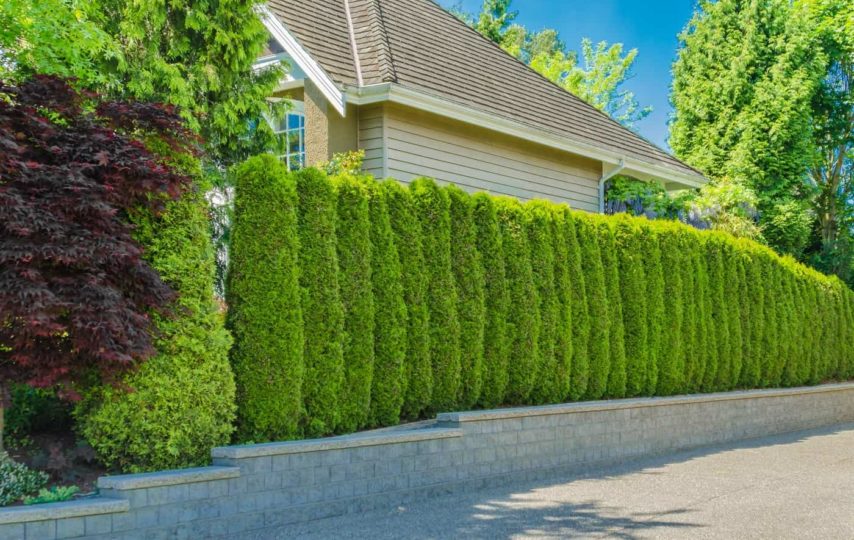Most Landscape Pro clients are requesting assistance in designing attractive garden area retreats that might provide a respite from the Bay Area’s escalating congestion. They’re also asking for advice on how to use magnificent hedging and screening plant Gold Coast to improve privacy. Read the full info here.
As a result, an increasing number of your clients wish to avoid the feeling that their neighbors are getting too near.
It’s possible to have both privacy and beauty
Consider including plants in your landscape architecture to create and integrate extra privacy. Hedge or barrier plants with exceptional texture, form, and color can be incorporated into a successful landscape design in more ways than one.
A live hedge or integrated privacy solution can create quiet seclusion in a garden when done correctly. It can also provide a variety of ecological and aesthetic benefits, such as:
- Defining property lines is an important step in the process.
- Paths and walkways are highlighted.
- bringing attention to a garden feature
- Providing optimum habitat for birds
- Noise and dust pollution reduction
- Pollinator attraction
- Carbon segregation
- Improving the structure
- plus a lot more
Adding value to any landscape situation by selecting the ideal plants for their horticultural and practical features to create privacy.
How to Select the Best Plants for Privacy Screening
How did you pick the appropriate plants for a hedge or privacy screen when there are so many options? Consider plants with the following characteristics as a starting point:
- The foliage is dense.
- The growth is moderate
- The size is moderate.
- Water conservation is important.
- Native Californians
The design and aesthetics of the hedge that you or your client are searching for should dictate your plant selection.
Hedges, like trees, can produce dense shade that helps to cool places that receive a lot of sunlight. Planting a hedge can enhance a garden’s aesthetics as well as its functionality.
Consider the following hedge and screen plant guidelines
Choose hardy, pest- and disease-resistant plants that are suited to your climate and garden circumstances. It’s also critical to select plants that require less maintenance. Rapidly growing plants will require more regular upkeep after installation, therefore slow and moderate growing plants may fare better in many instances.
Because a hedge is a living barrier that develops, you can work within a limited budget by including smaller specimens and allowing time to work for you. Nurturing little shrubs into a large, magnificent hedge may be both economical and visually gratifying with a little more time and care.
If you want a sculpted, formal hedge, keep in mind that it will need to be clipped and maintained on a regular basis. If you want to go for a more natural, less formal look, you may only need to prune once a year.
Take into account the mature height of your hedge and screen plants.
Formal hedges, which have a definite architectural shape, can be used to frame a garden or to divide it into different rooms or parts.
You can also construct an informal tiered effect with flowering plants of varying heights to create a hedge or privacy screen. Flowering bushes can also provide a visually appealing, aromatic, and green barrier that a regular fence cannot match.
Conclusion:- The mature height of the plants you’ll be employing is one of the most crucial considerations for your hedge. Choose prudently, as plants that aren’t tall enough to provide privacy or are too big for a certain place may disappoint your customers.



























































